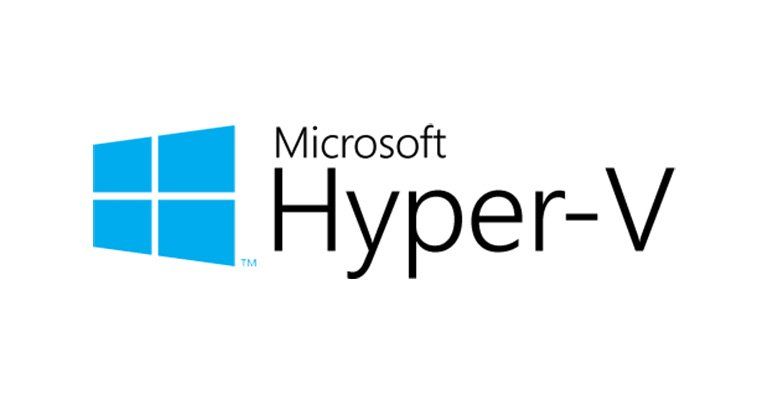
Whether you are operating a completely virtual or physical workspace environment, the importance of backup and restore cannot be overemphasized. This is because a single data breach could cause you to lose data which would completely cripple your company, hence the need to always back up all your virtual machines and software.
The Hyper-V host, on the other hand, refers to a collection of virtual machines, and it is one of the most important elements to back up. However, the problem with backing up many virtual machines at the same time is that some of the machines are working simultaneously, so it is important to stop these machines from running before you start the backup process.
Interestingly, Microsoft comes with an in-built technology called Volume Shadow Copy Service (VSS). The function of VSS is to allow for copying the VM data which is currently in use during the backup process.
To get your Microsoft Hyper-V backup right, there are a few things you must do right. Here are some of them:
- Always make sure you have enough space on your virtual hard disk before you start the backup process. VSS requires enough disk space to work properly, as this is where it will write the quiesced data, and where backups will be copied to. The recovery point where you will save the data after backup requires more space so it is essential you have enough space. If you don’t , the backup process might fail.
- You must also make sure that you have installed all the latest Microsoft updates and patches. You should understand that hackers will try to infiltrate your system through any loophole, and failing to update your software when due exposes it to these individuals.
- It is equally important that every independent component of your Hyper-V — components that handle timekeeping, data exchange, and so on — are in agreement. If they aren’t, or they are inconsistent, your backup will continually fail.
- Another important factor to consider when it comes to Microsoft Hyper-V backup is the granularity of restores. For example, Windows Server Backup and Restore in Windows Server 2008 allows you to restore only volumes of data but not the individual virtual machine data. Also, some third-party backup software operates in the same way. If you want to back up your individual VMs, you must always check the third-party backup tool you are choosing to use. Fortunately, NAKIVO Hyper-V Backup & Replication software allows you to back up the VMs of your choosing. This is one of the most trusted backup solutions for VMs in the IT market.
- Furthermore, there is also a growing debate of how to back up — at the host level or at an individual VM level. Some companies back up at the host level because it enhances resource efficiency and license costs.
With that said, here are a few other practices to keep in mind:
- While Hyper-V snapshots are important, it is necessary that you do not completely rely on them. They are simply useful for troubleshooting and rollbacks, but they’re not actual backups.
It is important that you run backup regularly. However, what’s more important is to have at least 3 copies of your data — one original and two backups. It is also important that you keep at least one of your backups offsite. Also, these offsite backups must be encrypted as soon as they leave your premises (encryption in flight) and when they reach their destination (encryption at rest).





More Stories
11+ Best ThePiratebay3 Sites – Ultimate Pirate bay Alternatives
7movierulz iBomma – 11 Best Alternatives to Download & Watch latest Telugu Movies
How to Spam a Phone Number (7 best apps & services) with call, texts to Get Revenge?